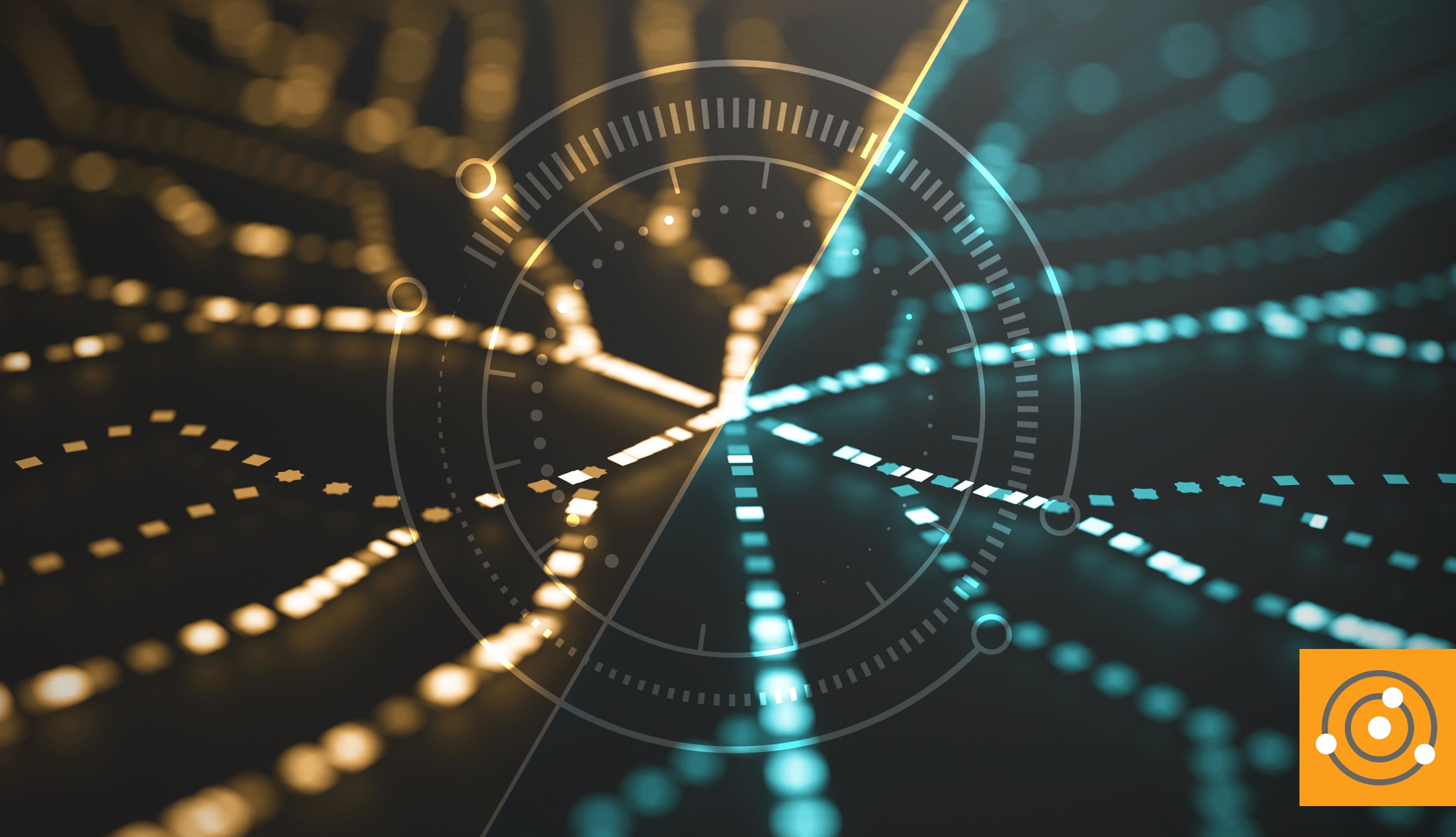There have been so many changes in data center technology in the past 10 years, it’s hard to keep up at times. We’ve gone from a traditional server/storage/networking stack with individual components, to a
hyperconverged infrastructure (HCI) where it’s all in one box. The data center is more software-defined today than it ever has been with networking, storage, and compute being abstracted from the hardware. On top of all the change, we’re now seeing the
rise of artificial intelligence (AI) and machine learning. There are so many advantages to using AI and machine learning in the data center. Let’s look at ways this technology is transforming the data center.
Storage Optimization
Storage is a major component of the data center. Having efficient storage is of the utmost importance. So many things can go wrong with storage, especially in the case of large storage arrays. Racks full of disk shelves with hundreds of disks, of both the fast and slow variety, fill data centers. What happens when a disk fails? The administrator gets an alert and has to order a new disk, pull the old one out, and replace it with the new disk when it arrives. AI uses analytics to predict workload needs and possible storage issues by collecting large amounts of raw data and finding trends in the usage. AI also helps with budgetary concerns. By analyzing disk performance and capacity, AI can help administrators see how the current configuration performs and order more storage if it sees a trend in growth.
Fast Workload Learning
Capacity planning is an important part of building and maintaining a data center. Fortunately, with technology like HCI being used today, scaling out as the workload demands is a simpler process than it used to be with traditional infrastructure. AI and machine learning capture workload data from applications and use it to analyze the impact of future use. Having a technology aid in predicting the demand of your workloads can be beneficial in avoiding downtime or loss of service for the application user. This is especially important in the process of building a new data center or stack for a new application. The analytics AI provides helps to see the entire needs of the data center, from cooling to power and space.
Less Administrative Overhead
The new word I love to pair with artificial intelligence and machine learning is “autonomy.” AI works on its own to analyze large amounts of data and find trends and create performance baselines in data centers. In some cases, certain types of data center activities such as power and cooling can use AI to analyze power loads and environmental variables to adjust cooling. This is done autonomously (love that word!) and used to adjust tasks on the fly and keep performance at a high level. In a traditional setting, you’d need several different tools and administrators or NOC staff to handle the analysis and monitoring.
Embrace AI and Put it to Work
The days of AI and machine learning being a scary and unknown thing are past. Take stock of your current data center technology and decide whether AI and/or machine learning would be of value to your project. Another common concern is AI replacing lots of jobs soon, and while it’s partially true, it isn’t something to fear. It’s time to embrace the benefits of AI and use it to enhance the current jobs in the data center instead of fearing it and missing out on the improvements it can bring.






